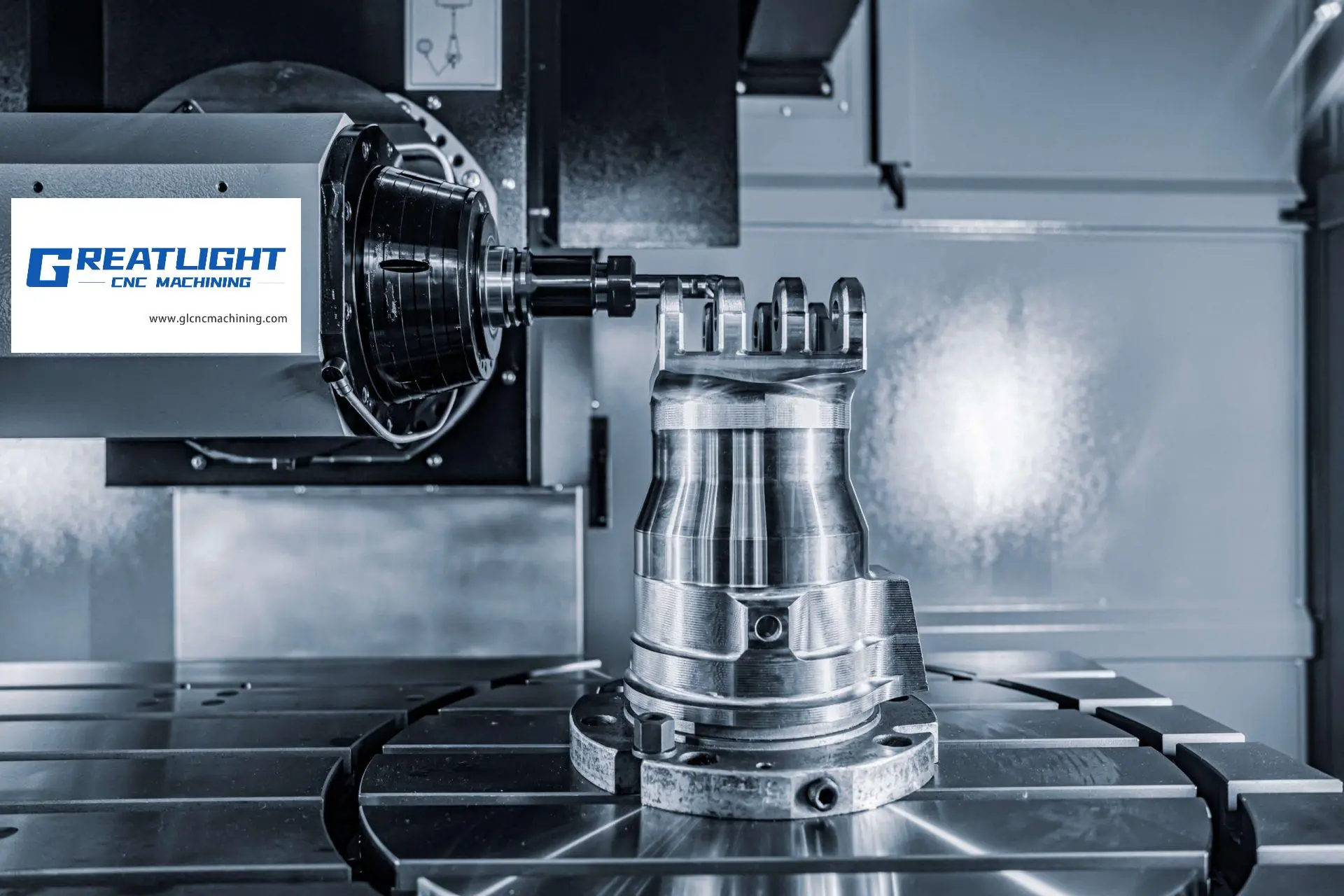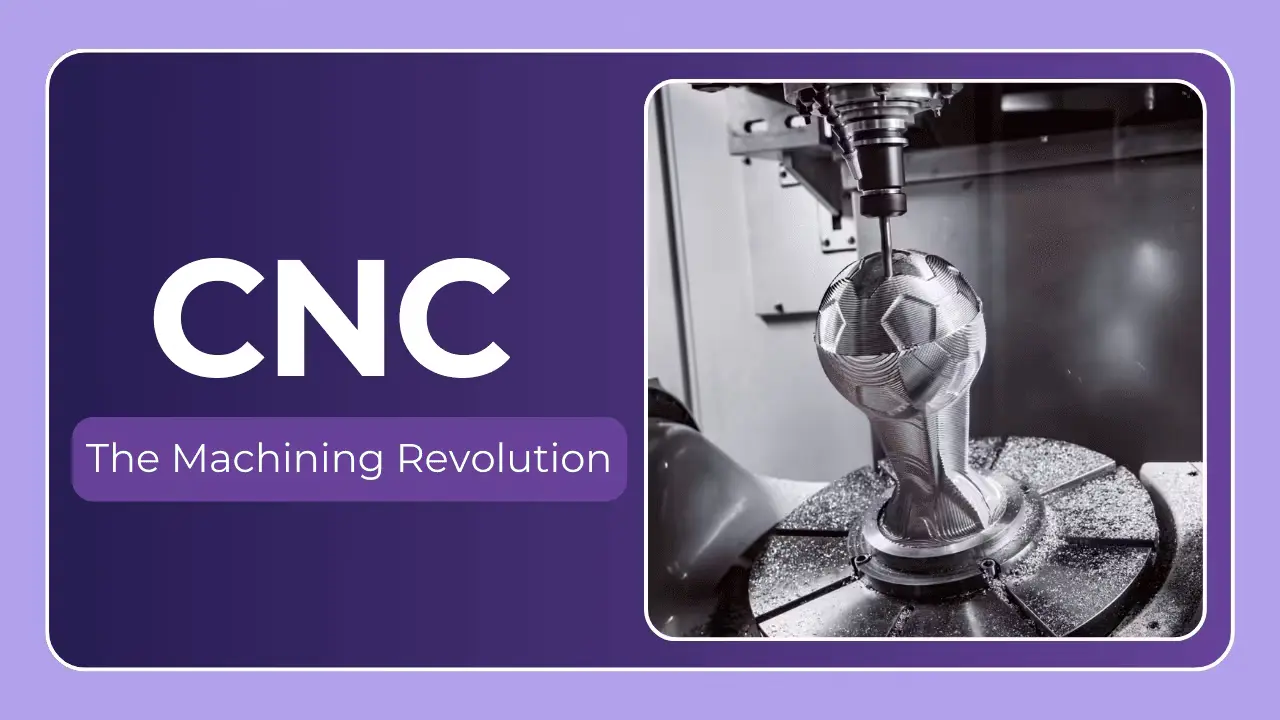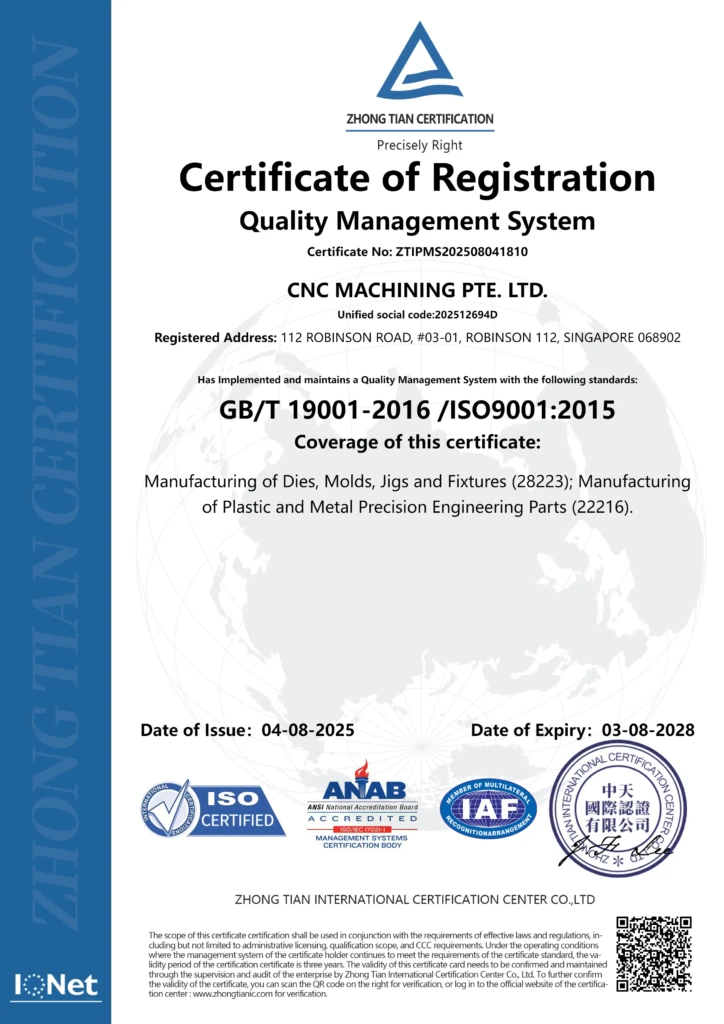CNC Milling Revolutionizes Productivity Advantage
In today’s hyper-competitive manufacturing landscape, CNC milling sits at the forefront of innovation—unlocking game-changing productivity gains, uncompromising precision, and unmatched design flexibility. At Great Light, our 5-axis CNC machining factory leverages advanced control systems, high-speed spindles, and AI-driven toolpaths to transform raw metal into mission-critical components. This deep-dive explores how precision CNC milling services deliver a sustainable productivity advantage across aerospace, automotive, medical, and energy sectors.
Understanding CNC Milling – The Heart of Modern Manufacturing
CNC (Computer Numerical Control) milling automates material removal via computer-guided cutting tools. Unlike manual mills, our 5-axis CNC milling solutions execute simultaneous movements on X, Y, Z, A, and B axes to create complex geometries in a single setup. With tolerances as tight as ±0.005 mm and surface finishes down to Ra 0.1 μm, CNC milling delivers repeatable accuracy for parts that demand perfection.
How CNC Milling Works
- Design Phase
- Engineers craft 3D models in CAD (SolidWorks, Creo), defining exact dimensions, fillets, and critical features.
- CAM Programming
- CAM software (Mastercam, Fusion 360) converts models into optimized G-code, leveraging AI-assisted toolpath strategies to minimize cycle time.
- Machine Setup
- Fixtures—vacuum tables or precision vises—secure aluminum, titanium, steel, or advanced composites. Cutting tools, from carbide end mills to PCD inserts, are pre-loaded into the automatic tool changer.
- Precision Machining
- High-speed spindles (up to 40,000 RPM) follow the programmed toolpaths, removing material in controlled passes while flood or mist coolant systems manage heat.
- Post-Processing
- Finished parts undergo anodizing, powder coating, or electropolishing to enhance wear resistance and aesthetics before final inspection.
Key Components of a CNC Milling Machine
- Spindle Unit: Drives cutting tools at high RPM for efficient chip evacuation.
- Multi-Axis Table: Enables 5-axis rotations, reducing setups and improving accuracy.
- Automatic Tool Changer (ATC): Swaps tools on-the-fly, supporting complex parts without manual intervention.
- Control Interface: Real-time monitoring of feed rates, spindle loads, and vibration via advanced CNC controllers.
The Productivity Advantages of CNC Milling
Adopting precision CNC milling services translates directly into competitive edge by optimizing speed, quality, and flexibility.
Unparalleled Precision and Repeatability
- Tight Tolerances: Standard capabilities of ±0.001″ (0.025 mm), extending to ±0.005 mm on 5-axis centers.
- Batch Consistency: Thousands of identical parts produced with zero variance, crucial for aerospace actuators and medical implants.
Accelerated Throughput
- Reduced Setup Time: Single-setup 5-axis milling cuts fixture changes by 60%.
- High-Speed Chip Removal: Spindle speeds up to 42,000 RPM and intelligent toolpaths slash cycle times by as much as 80%.
Material Versatility
Great Light’s flexibility spans:
| Material Type | Examples | Application |
|---|---|---|
| Metals | Aluminum 6061, Titanium Ti-6Al-4V, Inconel 718 | Aerospace frames, engine mounts |
| Plastics | PEEK, Delrin, ABS | Insulation housings, academic prototypes |
| Composites | Carbon fiber, G10 | UAV fairings, lightweight panels |
Labor Optimization and Error Reduction
Automated milling reduces manual intervention—freeing skilled operators to focus on programming, process optimization, and quality assurance. Real-time tool monitoring ensures early detection of wear, preventing scrapped parts and unplanned downtime.
Industries Transformed by CNC Milling
Aerospace
Precision CNC milling crafts turbine blades, structural rib panels, and avionics housings. For example, 5-axis machining of Inconel 718 heat-exchanger channels enhances thermal management in jet engines.
Automotive
From EV battery module frames to high-performance suspension components, CNC milling enables lightweight designs and rapid iteration. Tesla and other OEMs rely on precision milled prototypes for aerodynamic testing.
Medical
Biocompatible implants—spinal screws, hip joints, and custom prosthetics—require micron accuracy and flawless surface finishes. Swiss-style mills excel at micro-milling cavities and fine features.
Energy
Wind turbine gear blanks and solar tracker mounts benefit from multi-pallet CNC milling centers that deliver high volume, consistent quality, and seamless integration into automated production lines.
5-Axis CNC Milling – Redefining Possibilities
While 3-axis mills handle simple prismatic shapes, 5-axis CNC milling unlocks sculpted, undercut, and ergonomic surfaces in one setup.
Advantages of 5-Axis CNC Milling
- Single-Setup Efficiency: Eliminates up to three additional fixtures and alignments.
- Complex Geometry: Produces deep cavities, angled holes, and compound curves—ideal for impellers, turbine casings, and medical implants.
- Superior Surface Quality: Maintains constant tool engagement, achieving Ra 0.1 μm without additional polishing.
Applications of 5-Axis CNC Milling
- Aerospace: Curved fuselage panels and blended wing bodies.
- Automotive: Custom wheel rims and aerodynamic components.
- Medical: Patient-specific implant geometries with undercuts and locking features.
Overcoming Challenges in CNC Milling
Tool Wear Management
- Carbide and PCD Tools: Rated for temperatures up to 1,000 °C.
- Advanced Coolant Delivery: Through-spindle mist or flood systems extend tool life by up to 50%.
- Predictive Maintenance: IoT sensors monitor spindle vibration, automatically flagging worn cutters.
Programming Complexity
- AI-Assisted CAM: Machine learning analyses past toolpaths to recommend optimal feeds, speeds, and stepover.
- Virtual Simulation: Collision detection and material removal previews prevent crashes and wasted setups.
Tailored Material Strategies
Each alloy demands unique parameters—like slower axial feeds for titanium to avoid work-hardening. Great Light’s material database and in-house testing refine these settings for every job.
The Future of CNC Milling
AI and Machine Learning
- Adaptive Machining: Real-time sensor feedback adjusts spindle speed and feed to maintain ideal cutting conditions.
- Predictive Scheduling: Ensemble models forecast maintenance windows, minimizing downtime.
Hybrid Manufacturing
- Additive + Subtractive: 3D-printed near-net-shape builds are finish-machined via CNC, combining design freedom with surface integrity.
Sustainable Practices
- Eco-Coolants: Biodegradable, high-capacity fluids reduce environmental impact.
- Energy-Efficient Drives: Regenerative braking on servo motors cuts power draw by 15%.
Why Choose Great Light for Precision CNC Milling Services?
Cutting-Edge Equipment
- DMG MORI 5-Axis Centers with 42,000 RPM spindles and 120-station ATCs.
- Work Envelopes up to 4000×1500×600 mm for large-scale manufacturing.
Industry Certifications
- ISO 9001:2015 & AS9100D for aerospace-grade quality management.
- NADCAP accreditation for non-destructive testing.
- ITAR Compliance for secure defense projects.
Turnkey Solutions
- Reverse Engineering via 3D scanning.
- Custom Coatings: PVD, Cerakote, and MIL-SPEC anodizing.
- Comprehensive Documentation: Full PPAP, FAI, and DFMEA reports.
Practical Tips for Maximizing CNC Milling ROI
- Design for Manufacturability
- Simplify deep pockets and avoid excessively thin ribs.
- Optimize Material Selection
- Balance weight and strength; choose aluminum for cost-effective prototyping, stainless steel for corrosion resistance.
- Partner with Experts
- Collaborate with a precision CNC milling service provider that offers both engineering support and production scale.
FAQ – CNC Milling Essentials
Q: What is the range of materials for CNC milling?
A: Metals (aluminum, titanium, steel), plastics (PEEK, ABS), and composites (carbon fiber).
Q: How much faster is 5-axis CNC milling than 3-axis?
A: It can reduce total setups by 60% and machining time by up to 40% on complex parts.
Q: What are typical CNC milling costs?
A: Basic 3-axis parts start around $100; intricate 5-axis components range from $1,000 to $5,000 depending on volume and complexity.
Conclusion – Embrace the CNC Milling Revolution
CNC milling continues to redefine productivity, marrying speed, accuracy, and material versatility. From aerospace alloys to medical-grade polymers, our precision CNC milling services at Great Light empower innovators to push the limits of design. Ready to elevate your manufacturing capabilities? Contact Great Light today for a custom quote—and experience the transformative advantage of next-gen CNC milling.





